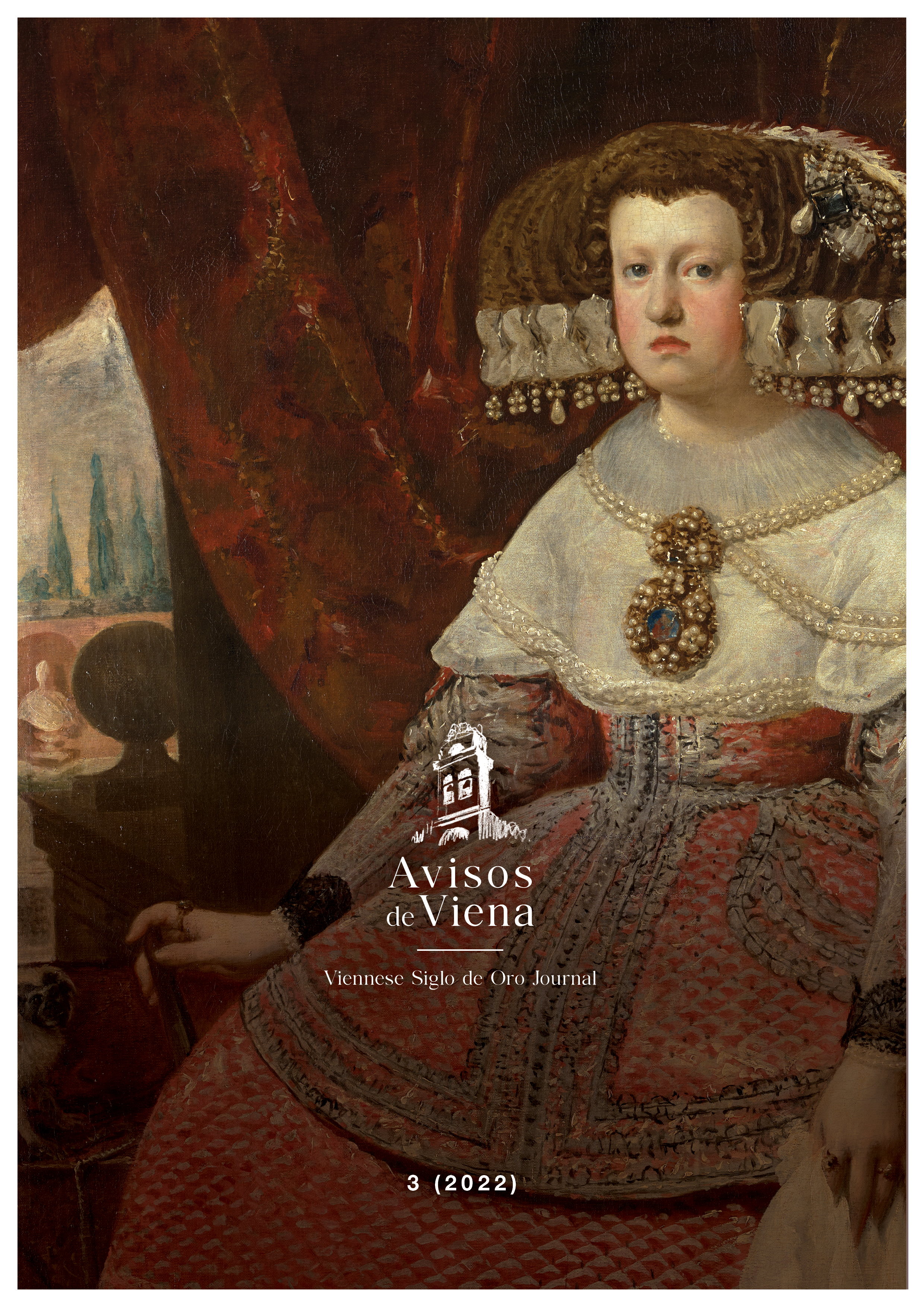«Si está parida la gata»
El impacto de partos animales en el imaginario colectivo del Siglo de Oro
DOI:
https://doi.org/10.25365/adv.2022.3.6579Keywords:
Procreation, Human birth, Animal birth, Spanish Golden AgeAbstract
This article delves into the intersection of human and animal births during the Spanish Golden Age, revealing a society deeply entwined with the processes of procreation. Through historical chronicles, it uncovers a landscape where childbirth, both human and animal, permeated every aspect of daily life. From tales of pregnancies, births, and infanticides to the protection of pregnant animals, the narrative sheds light on the shared experiences and moral perceptions surrounding reproduction. The text explores how animals were not only companions but also integral to understanding human fertility and mortality. Drawing from literary works and legal records, it illuminates the cultural and philosophical implications of this symbiotic relationship, offering valuable insights into the attitudes towards life and death in early modern Spain.
References
Aretino, Pietro. Ragionamenti. 1534.
Ayala, Francisco. El prodigio. 1993.
Cela, Camilo José. La familia de Pascual Duarte. 1942.
Covarrubias. Tesoro de la lengua.
Gélis, Jacques. La sage-femme ou le médecin. Une nouvelle conception de la vie. Paris, Fayard, 1988.
Hopwood, Nick, Flemming, Rebecca, & Kassell, Lauren (eds.). Reproduction. Antiquity to the Present Day. Cambridge, University of Cambridge, 2018.
Park, Katherine. Secrets of Women. Gender, Generation, and the Origins of Human Dissection. New York, Zone Books, 2010.
Pérez Galdós, Benito. Fortunata y Jacinta.
Rodríguez Mansilla, Fernando. El parto de la gata como tema burlesco. Hipogrifo. Revista de literatura y cultura del Siglo de Oro, 8(1), 2020, pp. 161-173.
Runeberg, Arne. Witches, Demons and Fertility Magic. Helsingfors, Societas Scientiarum Fennica, 1947.
Downloads
Published
How to Cite
Issue
Section
License
Copyright (c) 2022 Wolfram Aichinger

This work is licensed under a Creative Commons Attribution 4.0 International License.
© Open Access, CC BY 4.0








